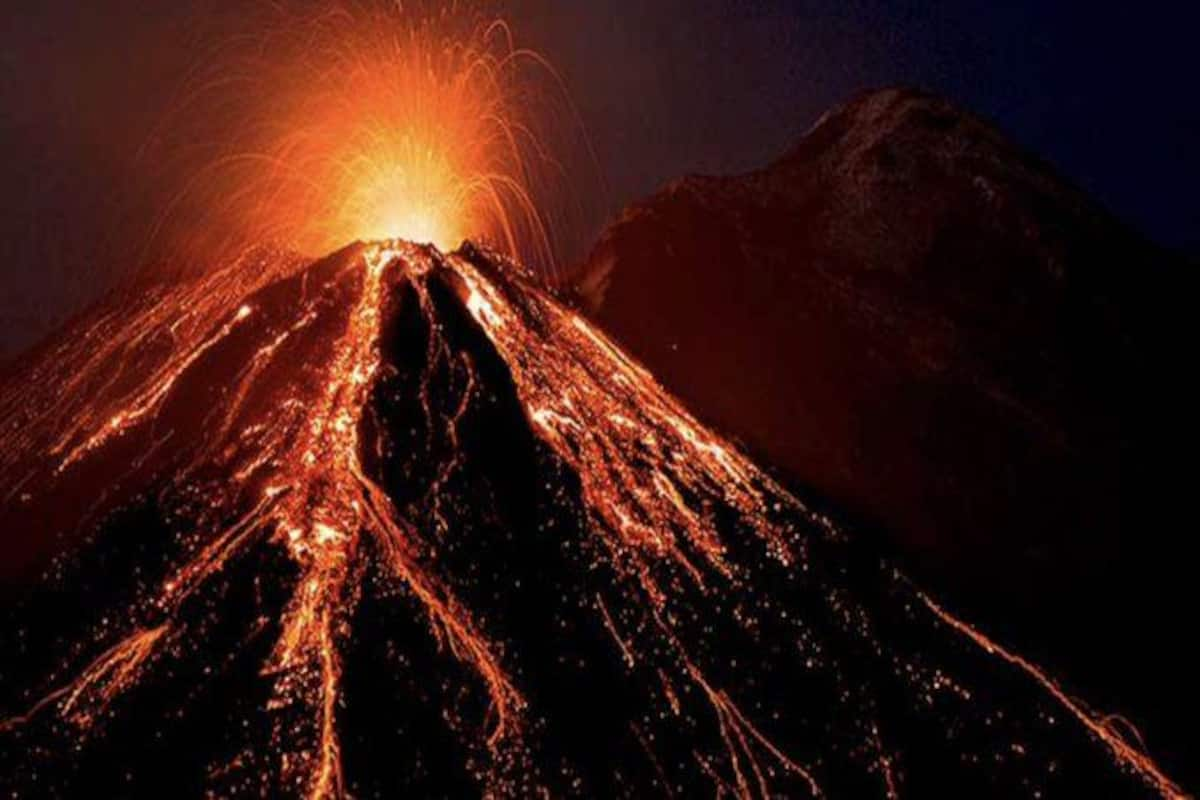Introduction:
Volcanoes are one of the most fascinating natural phenomena on earth. And one of the most well-known volcanoes in the world is the majestic Mount Etna. Situated in Sicily, Italy, Mount Etna is among the most active volcanoes globally, with over 200 eruptions since 1500 BC. Recently, it made headlines again when its volcanic cloud caused the closing of a nearby airport. In this blog post, we will delve into the beautiful yet dangerous world of Mount Etna and how its volcanic cloud causes havoc.
The geological history of Mount Etna
Mount Etna is a stratovolcano rising 10,922 feet above sea level. Its geological history spans over 500,000 years when the African and European tectonic plates collided, causing the formation of the Mediterranean Sea. It is a type of volcano that spews both lava and pyroclastic materials, making it one of the most unpredictable in the world.
The characteristics of Mount Etna’s volcanic cloud
Mount Etna’s volcanic cloud is a mass of gas and ash particles that can reach heights of up to 20 kilometers. It comes in two forms, the primary cloud, which is created during an explosive eruption, and the secondary cloud, which forms when the primary cloud mixes with the surrounding atmosphere. The volcanic cloud is dangerous as it can cause respiratory problems and aircraft engine damage.
The impacts of Mount Etna’s volcanic cloud
The most notable impact of Mount Etna’s volcanic cloud is the closure of the Catania Fontanarossa Airport recently. The airport had to be closed several times since Mount Etna’s eruption on February 16, 2021. The volcanic ash from the cloud can be harmful to aircraft, causing engine damage and loss of visibility. The ash can also damage sensitive electronic equipment, affecting air traffic control and navigation.
The benefits of Mount Etna’s volcanic cloud
Despite the dangers posed by Mount Etna’s volcanic cloud, it also has some benefits. The volcanic ash from the eruption is rich in minerals, making the soil in the surrounding areas fertile. The ash is a natural fertilizer that can promote plant growth. The volcanic cloud also attracts tourists, who come to witness the spectacular display of nature at its best.
The future of Mount Etna’s eruptions
The future of Mount Etna’s eruptions is uncertain. It is among the most closely monitored volcanoes globally, with a dedicated observatory set up to track its activities. Scientists use a wide range of tools, including seismology, geodesy, and gas chemistry, to predict and monitor eruptions. However, Mount Etna can still surprise scientists, as it is one of the most complex and active volcanoes on earth.
Conclusion:
Mount Etna is both a beautiful yet dangerous natural wonder. Its volcanic cloud can cause significant damage to aircraft and the surrounding environment. However, it also has some benefits that promote plant growth and attract tourists. Mount Etna’s future eruptions are uncertain, despite scientists’ best efforts to monitor and predict them. We should appreciate and admire its fiery beauty from a distance while respecting its dangerous power.